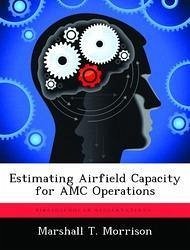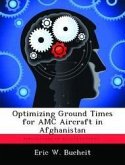Airfields are as important to the American military's ability to rapidly project power or provide relief as are the aircraft that deliver the necessary people and material to points around the globe. In the past, airfield capacities have been estimated for deployment planning purposes primarily on the basis of three items of information: maximum-on-the-ground, which is the largest number of aircraft of a particular type that can be parked on the airfield at the same time; aircraft parking equivalencies, which are the ratios telling how many aircraft of other types can park in the same space as a standard aircraft; and standard service times, which are the average lengths of time different aircraft spend on the ground when they land. This approach, although simple and mathematically sound, has led to unreliable and inaccurate measurements of airfield capacities in the past. This has contributed to overestimates of the ability of the airlift system to move forces and supplies into overseas theaters of operation. In order to achieve more accurate estimates of airfield capacities, a model must be implemented that more closely models factors that affect an airfield's throughput capacity the airfield capacity estimator (ACE) model could be that tool.








